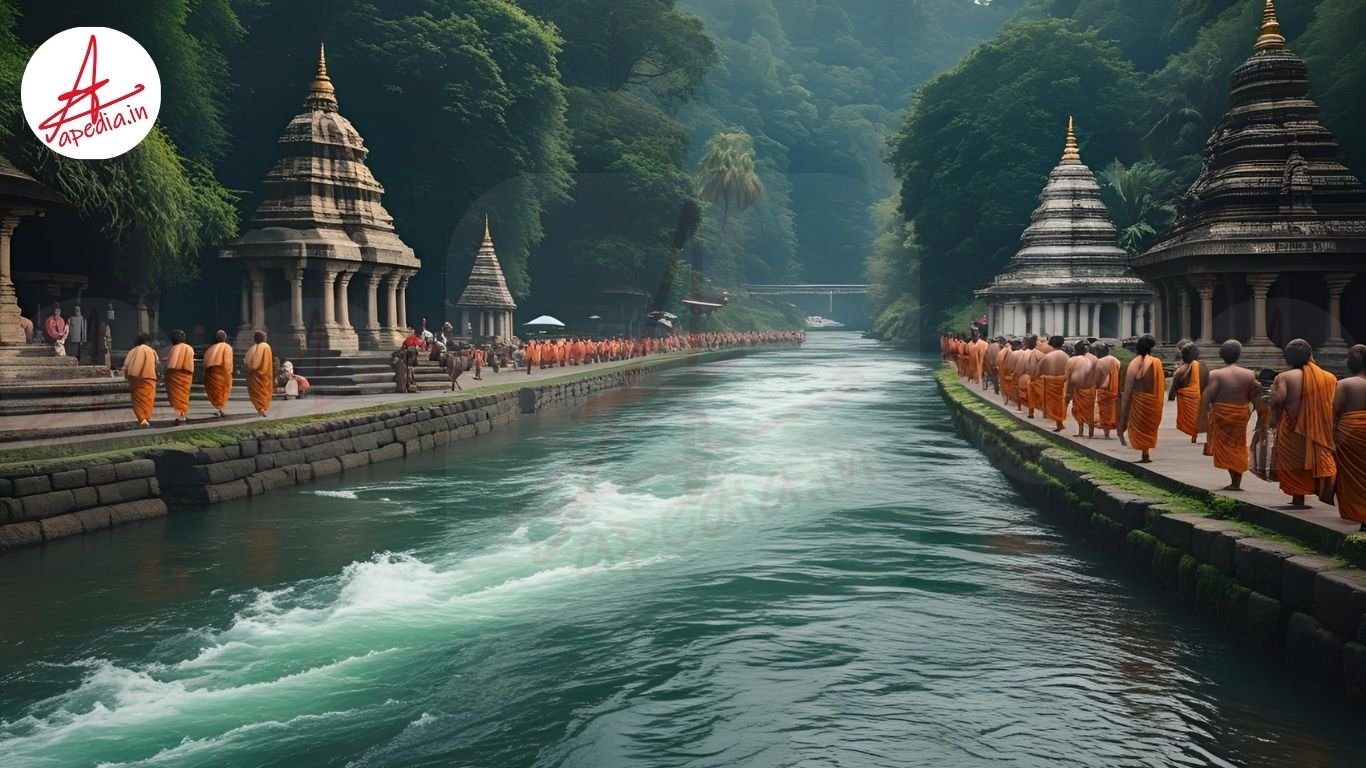Ganges, Yamuna, Saraswati, Godavari, and Narmada are considered highly sacred.
Many rituals, festivals, and pilgrimages are centered around these rivers.
Rivers inspire art, literature, and local traditions across India.
Bathing in these rivers is believed to purify sins and aid spiritual progress.
Preserving the purity of sacred rivers is vital for culture and ecology.
Introduction
Rivers in India are more than just water bodies; they are revered as goddesses and hold immense spiritual and cultural significance. They have been central to Indian civilization for thousands of years.
Major Sacred Rivers
The Ganges is the most sacred river, worshipped as the goddess Ganga, symbolizing purity and life. The Yamuna, Saraswati (ancient and mostly mythical), Godavari, and Narmada also hold deep religious importance.
Cultural Practices
- Ritual Bathing: Devotees bathe in sacred rivers to cleanse themselves spiritually.
- Pilgrimages: Cities on these rivers like Varanasi, Haridwar, and Prayagraj attract millions annually.
- Festivals: Events like Kumbh Mela revolve around the sacred rivers.
Spiritual and Environmental Link
These rivers are seen as life-givers, connecting people to their heritage. Modern efforts focus on cleaning and preserving these rivers to protect both their sanctity and ecological health.
Conclusion
The sacred rivers of India are integral to the country’s identity. Their preservation is not just an environmental necessity but a cultural imperative.








